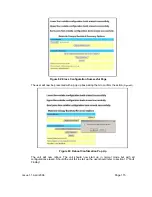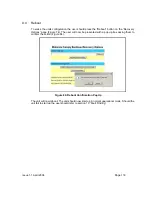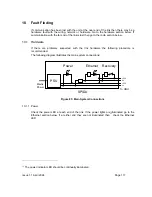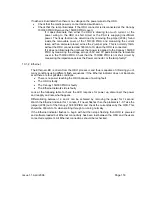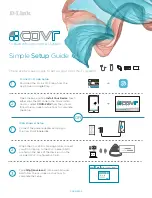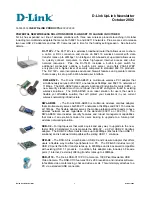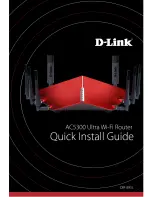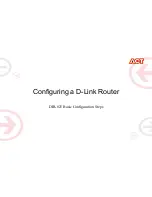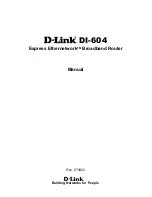
Issue 1.1 April 2006
Page 129
12
Lightning Protection
EMD
(
Lightning
) damage is not covered under warranty
The recommendations in this user manual when installed correctly give
the user the best protection from the harmful effects of
EMD
However 100% protection is not implied or possible
12.1 Overview
The idea of lightning protection is to protect structures, equipment and people against
lightning by conducting the lightning current to ground via a separate preferential solid path
and by reducing the electromagnetic field.
The following should be treated as a guide only, the actual degree of lightning protection
required depends on local conditions and weather patterns and applicable local regulations.
Full details of lightning protection methods and requirements can be found in the international
standards IEC 61024-1 and IEC 61312-1, the U.S. National Electric Code ANSI/NFPA No.
70-1984 or section 54 of the Canadian Electric Code.
12.1.1 Lightning Protection Zones
The installation of the ODU can be classified into two different lightning protection zones.
Zone A — In this zone a direct lighting strike is possible.
Zone B — In this zone a direct lightning strike is unusual, but the un-attenuated
electromagnetic
fi
eld is still present.
The zones are determined using the ‘rolling sphere method’, an imaginary sphere; typically 50
metre in radius is rolled over the structure. All structure points that contact the sphere, (Zone
A) indicate the zone where a direct strike is possible. Similarly points that do not contact the
sphere indicate a zone (zone B) where a direct strike is less likely.
The following diagrams (Figure 87 & Figure 88) show this zoning pictorially:
Equipment mounted in Zone A should be capable of carrying the full lightning current.
Mounting of the ODU in Zone A is not recommended. Mounting in Zone A should only be
carried out observing the rules governing installations in Zone A
15
Failure to do so may put
structures, equipment and life at risk.
Equipment mounted in Zone B should be grounded using grounding wire of at least 10 AWG.
This grounding wire should be connected to a grounding rod or the building grounding system
before entry in to building.
The Canopy 150/300 Mb BH ODU grounding point can be found on the bottom of the unit.
The Canopy 150/300 Mb BH is supplied with an appropriate grounding lug for attachment to
the ODU.
15
Local regulations may also require the fitting of the 10AWG ground wire referred below.
Summary of Contents for Canopy 150 Mbps Backhaul
Page 1: ...Canopy 150 300 Mbps Backhaul User Guide BH150 300 UG en Issue 1 1 April 2006 ...
Page 25: ...Issue 1 1 April 2006 Page 24 Figure 5 Canopy 150 300 PIDU Power Input ...
Page 97: ...Issue 1 1 April 2006 Page 96 Figure 59 Spectrum Management Help Page ...
Page 162: ...Issue 1 1 April 2006 Page 161 Figure A8 Surge Arrestor ALPU ORT Connection Illustration ...

